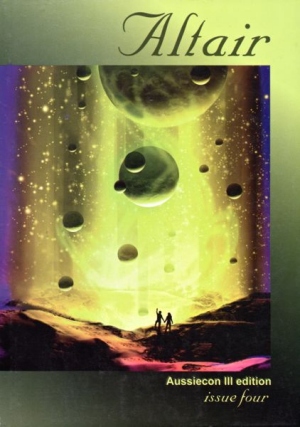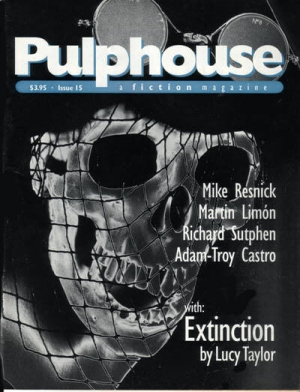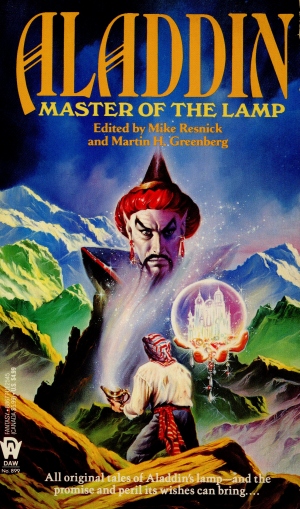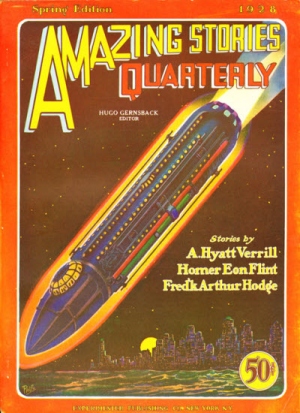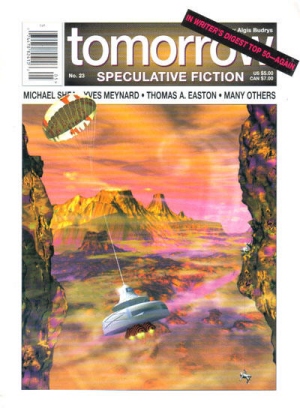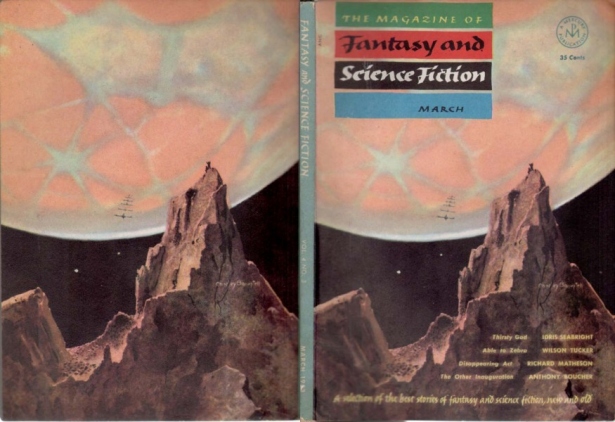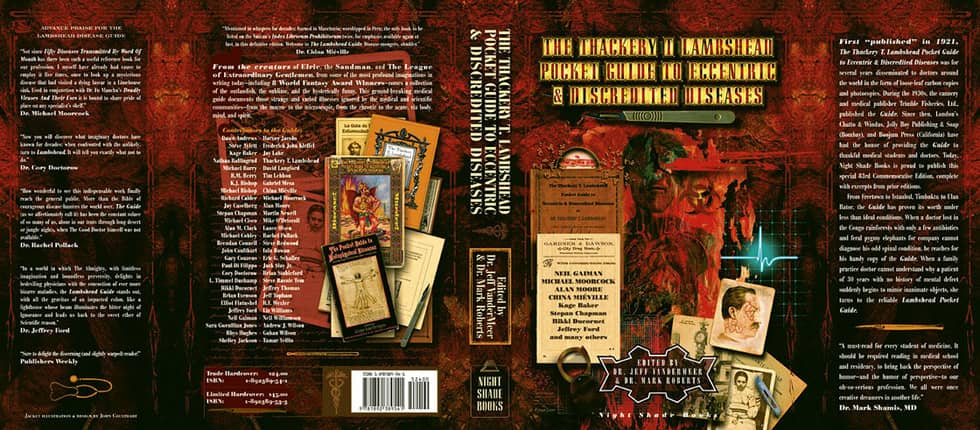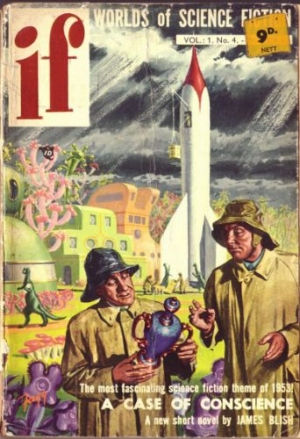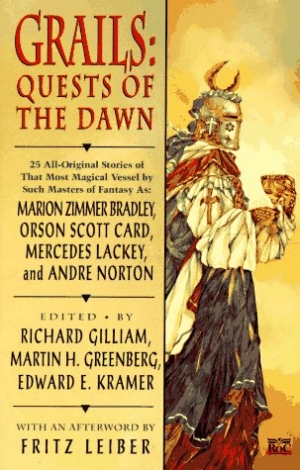Birthday Reviews: Tom Holt’s “Touched by a Salesman”
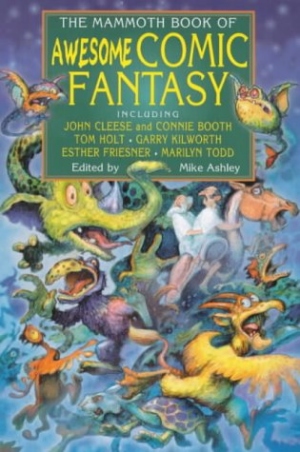
Tom Holt was born on September 13, 1961.
Holt received a nomination for the William L. Crawford IAFA Fantasy Award in 1991 for his humorous novel Expecting Someone Taller. His more recent, more series work under the name K.J. Parker has earned him additional award nominations for the Kitschies and the World Fantasy Awards. He has won back-to-back World Fantasy Awards for his novellas “A Small Price to Pay for Birdsong” in 2012 and “Let Maps to Others” in 2013. It wasn’t until after Holt won his second World Fantasy Award that he revealed his pseudonym in April 2015, seventeen years after he began using it with his novel Colours in the Steel in 1998.
“Touched by a Salesman” appeared in Mike Ashley’s anthology The Mammoth Book of Awesome Comic Fantasy in 2001. As with many of Holt’s humorous stories, it takes its title from pop culture, in this case the television show Touched by an Angel, and twists it to the purposes of the story. “Touched by a Salesman” has not been reprinted.
Paul was having the sort of day nobody should have. Car problems, a girlfriend breaking up with him, and sudden unemployment. As he walked home, having missed the bus, of course, he sees a meteorite fall into a nearby construction site and decides to see if he can retrieve it, bumping into another meteorite seeker in the dark. It is at this point that his luck begins to change. It isn’t another meteorite seeker he has bumped into, but rather 6340097/227/3, whom Paul first takes to be an angel.
It isn’t an angel, but rather an extraterrestrial salesman who knows just enough to figure out that he is on Earth sometime in the twentieth or twenty-first century, although his knowledge of Earth culture and technology is completely lacking. Paul befriends him and learns a little about the alien’s job while at the same time amazing the alien with human’s complete lack of technology, but the ability to create a mug with a handle. It is easy for Paul to convince himself after 6340097/227/3 that he’ll wake up from a dream to find his car is fine, his girlfriend wants him back, and he still has a job, none of which occur, although the alien does provide him with a thank you for their time together.
